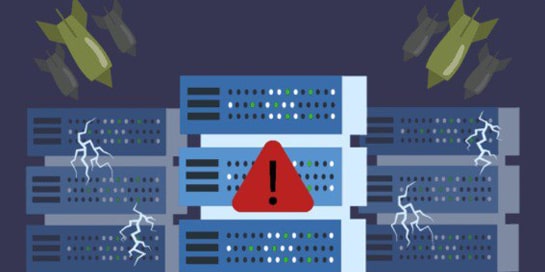
Have you ever wondered how a website, online store or web application works? Most of them use a programming language invisible to the user – PHP. Why invisible? Because the code here is executed exclusively on the server part, and the user the necessary information in the processed form is sent in the form of HTML-pages, which are displayed in the browser. Let’s take a closer look at what is the PHP language, how it originated and what digital products can be realized with its help.
What is PHP?
PHP translates from English as hypertext preprocessor and is a scripting, server-side programming language that is used to develop software that generates HTML pages on web server pages. That is, software written in PHP accepts data from the client side, processes it, and outputs the finished result. This allows interactive digital resources to function without delay, where the change of information is dynamic.
The syntax of this programming language is very simple and easy to understand, which makes it very attractive for beginners. But despite this, with the help of PHP you can perform projects of different types of complexity, ranging from one-page business card sites to social networks and marketplaces.
History of origin
Like everything ingenious, the programming language PHP appeared by accident. Back in 1995, programmer Rasmus Lerdorf wrote some simple scripts in Perl in order to analyze the number of views of his online resume. His colleagues liked this application and Lerdorf decided to put his creation on display for public use, calling the software “Personal Home Page Tools”. But the second version of PHP, which the founder rewrote into C code, simplifying the syntax and adding the ability to interact with third-party services, became very popular among developers.
Within a quarter of a century, Rasmus Lerdorf and his assistants released five more versions, each of which made improvements and improved the product. Today, the current version is PHP 8. It was released in 2020 and has high speed and performance, requires much less memory, supports object-oriented approach. In addition, syntactic improvements, typing and security are involved here.
Technical Features
The PHP programming language is universal, as it allows you to develop web products of different degrees of load and orientation. This is made possible by its main technical characteristics:
- cross-platform: PHP can be used to develop any resources to work with different operating systems;
- database support: PHP can work with all known databases that are used in web development;
- extensive hosting support: this language successfully interacts with all hosting providers;
- functionality: PHP can handle a large number of requests, generate HTML pages, interact with third-party services, etc.
Advantages and disadvantages
Like any other programming language PHP has its strengths and weaknesses. Among the main advantages are simple syntax, high performance and speed of operations, the presence of an active community, a rich set of information and training materials, as well as the ability to work with almost all hosting. Also for PHP developed a lot of frameworks that greatly facilitate the process of web development.
If we talk about the limitations of this software, then first of all we should note the low security criteria, which is especially evident when using low-quality code. We should also mention the limited multithreading and heterogeneity of the code, which is caused by the need to support both modern and very old projects.
What it is used for
The language can be used to create a variety of web applications. Among which are:
- Web sites with different workloads and themes;
- online stores;
- content management systems;
- mobile applications;
- web services and APIs for interaction between different systems.
In general, it is worth noting that despite the fact that the PHP language was developed more than a quarter of a century ago, it remains relevant for web development. Therefore, it is worth studying it and using it in your work.


